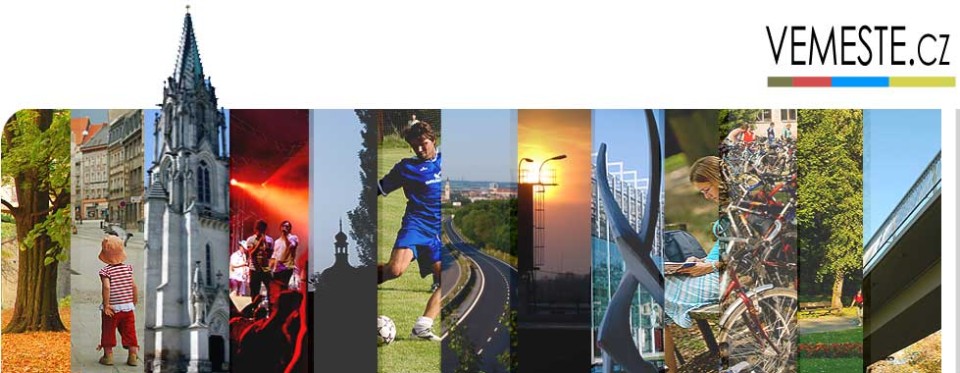Magistrála, an urban highway slicing through the very heart of historic Prague just above the Wenceslas Square, will remain in its current, horrific condition for the foreseeable future – or, more likely, until the next communal elections. On Thursday, 22 February Prague city council rejected the first humanizing steps towards improving the environment around this urban scar. The politicians, led by Prague mayor Adriana Krnáčová, claimed that further analyses are needed to assess the plan’s impact on traffic. But most probably, this unprecedented decision has it origins in fear of the upcoming autumn elections. The city had just recently commissioned a study by renowned Gehl Architects. Now it appears that the results of this study are being thrown in the bin, just like previous studies dealing with Magistrála already since 2010.
Several days before the council session, nine activist groups urged the city councilors to proceed with the so-called “humanization” immediately. Among the signataries of the open letter were NGO‘s Auto*Mat and CCEA ( which had been working on traffic calming of Magistrála since 2011), pedestrian advocacy group Pražské matky (Prague Mothers) and Klub Za starou Prahu, which takes care of Prague’s heritage for more than 110 years. The activists pointed out that in recent years traffic on Magistrála decreased by 5 %, mainly due to the opening of the 6,5 km long highway tunnel Blanka, which completed the western bypass around the city centre. “The best time to kick off the humanization was in 2015,” says Vratislav Filler, mobility expert from Auto*Mat. “Every year of delay closes the window of decreased traffic in the city centre more and more, and the enormous investments into Blanka will slowly become pointless.”
Magistrála is the busiest street in central Prague, with nearly 100 000 cars per day passing by the central train station. It was built in the 1970s and 1980s,originally designed to ease the traffic in the historic city centre. Later on, however, it brought tens of thousands of cars from the suburban districts directly into the heart of the city . It contains several multilevel interchanges on the location of former city walls, and runs through two confined but ostentatious 19th century streets, Sokolská and Legerova, whose contemporary purpose is to serve as canyons carrying as big amount of cars as possible.
The idea of calming the Magistrála emerged after the end of socialist regime. Some (pioneer) proposals appeared in the 1990s, but serious interest from the city establishment can be dated to 2009. By this time an extensive study proposing to replace most of the multilevel interchanges with traffic lights was submitted. Since then, the so-called “humanization” of magistrála is on the table, but practical humanizing interventions were strongly limited. Several new pedestrian crossings and one tram stop were added in 2015, but still the Magistrála keeps the character of a traffic sewer.
The proposal of Gehl Architects recommended to start with mostly non-traffic measures, such as adding benches or improving the quality of pedestrian space. Also several new crosswalks were to be added and some street lanes narrowed to prevent speeding and to provide elemental space for cyclists. However, the proposal was quite vague, which served as an excuse for mayor Adriana Krnáčova to throw it away. The mayor’s party, ANO 2011, stood up against its own coalition partners, and created the anti-humanizing ad hoc alliance with right-wing parties and Communists. ANO’s regular coalition partner Greens, whose representatives had been the loudest advocates for humanizing the Magistrála, heavily supported by the opposition Pirate Party and independent councillors.
The discussion „road“ to final rejection by Prague city council was surrounded by old-fashioned status-quo arguments.. “It is clear that eight months before the elections many parties fear anything that can be interpreted as a restriction of motorized traffic, even if this is not the case,” Filler explains the situation.. “It is a paradox: The Magistrála needs immediate lowering of its capacity, but the first steps, that were recently rejected by our politicians, were not even attempting to do that.“

Nejnovější komentáře